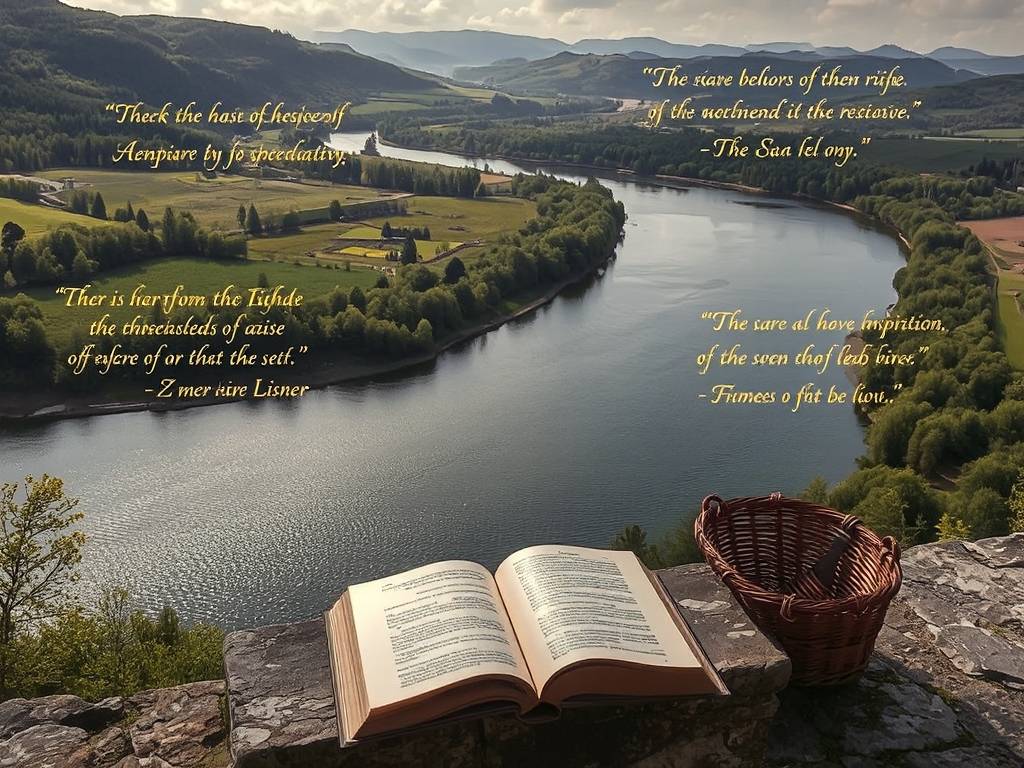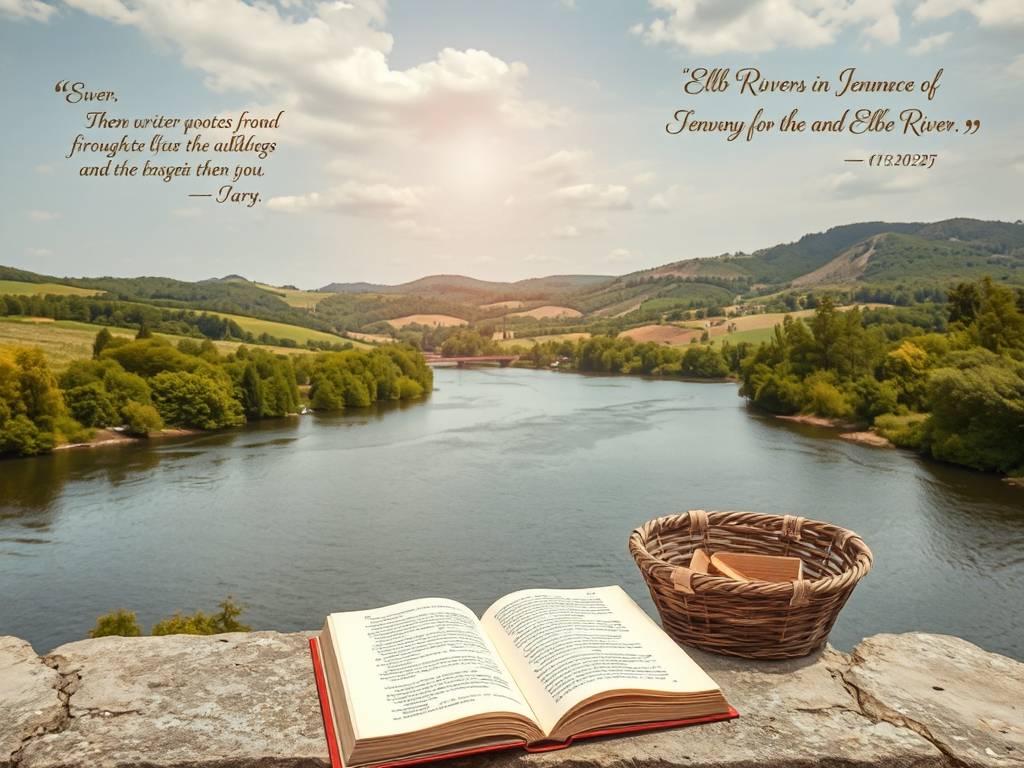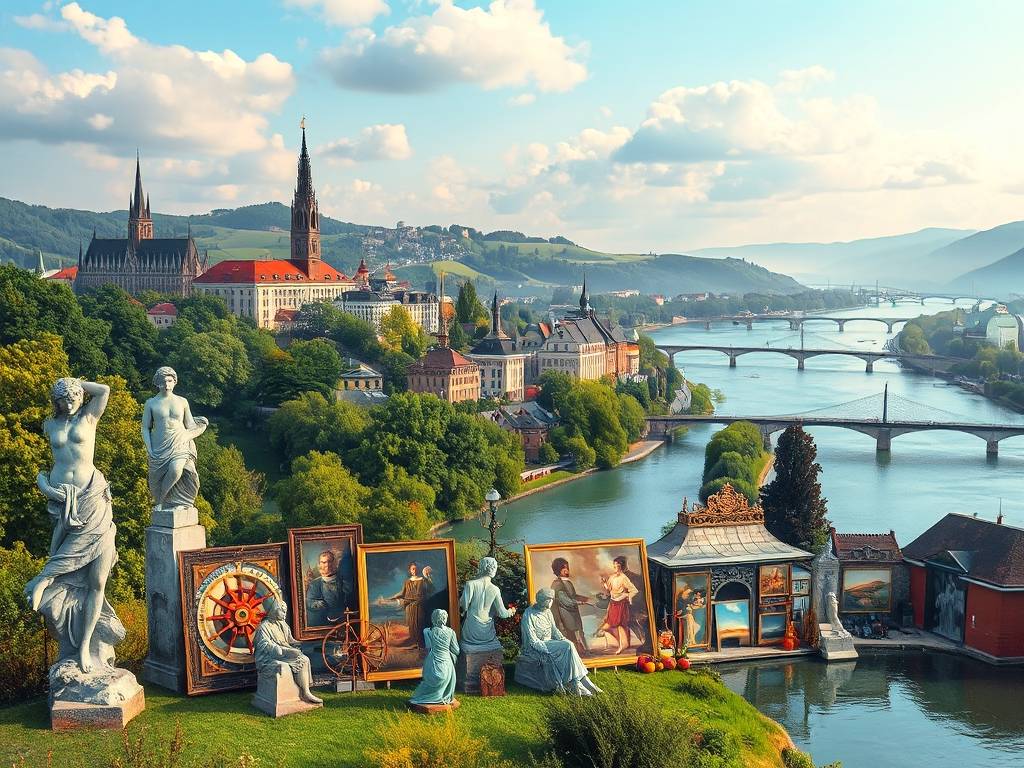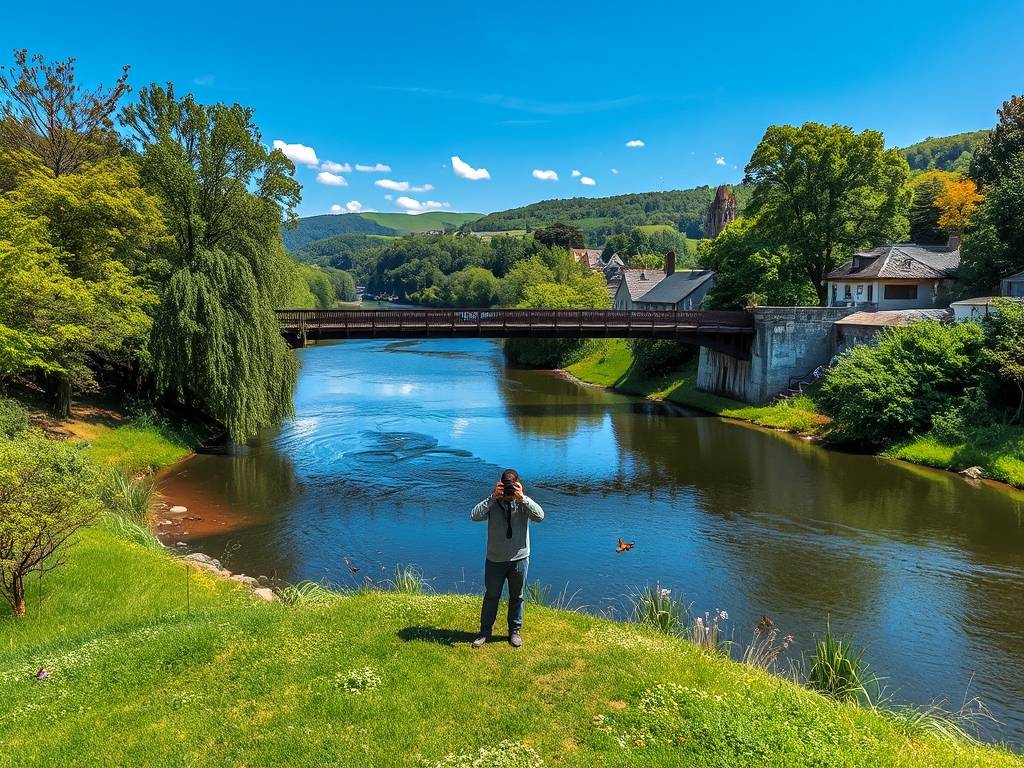Global Travel Information
Elbe River Literary Connections: Authors Inspired by the River
The Elbe's Enduring Muse: A Literary Voyage Through Time
There's a certain magic to rivers. They carve through landscapes, yes, but they also carve through history, culture, and the human soul. Among Europe's great waterways, the Elbe River holds a uniquely profound place in the literary imagination. Flowing from the rugged peaks of the Czech Republic's Krkonoše Mountains, through Germany's dramatic Saxon Switzerland, past the baroque splendors of Dresden, and on towards the maritime bustle of Hamburg, the Elbe is more than a body of water—it is a silent, persistent character in a sprawling, centuries-long story. To trace the Elbe River literary connections is to embark on a journey through the very heart of European thought, romance, and conflict, discovering how this iconic river has served as an inspiration for authors along the Elbe for generations.
The river's literary journey begins not with a German writer, but with a Czech one, perhaps the most famous of all: Božena Němcová. In her seminal 1855 novel, The Grandmother, the Elbe (or Labe as it's known in Czech) is the lifeblood of the countryside, a serene backdrop to a nostalgic portrayal of rural life and folk traditions. The river here is not a dramatic force but a constant, comforting presence, reflecting the rhythms of the seasons and the simple, enduring values of its people. This early depiction establishes one of the river's key literary roles: as a symbol of heimat, or homeland. The gentle flow of the Elbe through the Bohemian landscape represents continuity, tradition, and a deep, abiding connection to the soil. It’s a theme that would be echoed and transformed by countless writers who followed, exploring the influence of the Elbe on German writers and beyond.

As the river winds north into what is now Germany, it enters one of its most breathtaking stretches: Saxon Switzerland. This landscape of soaring sandstone pillars and deep gorges proved to be a powerful catalyst during the Romantic period. Here, the Elbe River in Romantic literature takes on a wilder, more sublime character. While the great J.W. von Goethe, a frequent traveler, was captivated by the region's beauty—his geological studies were influenced by what he saw—it was the painters and poets of the time who truly translated its drama onto the page. The river was no longer just a pastoral symbol; it became a reflection of the Romantic soul—untamed, passionate, and awe-inspiring. The literary history of the Elbe Valley in this era is one of artists seeking the sublime in nature, finding in the river's course through dramatic canyons a metaphor for the journey of the human spirit through trials and towards transcendence.
No discussion of the cultural significance of the Elbe in European literature can bypass the luminous figure of Heinrich von Kleist. In 1808, he set his tumultuous novella The Marquise of O... in a fortress on the Elbe. The river here acts as a silent, almost menacing witness to the story's central drama of violated honor and moral ambiguity. It is a boundary, both physical and psychological, separating the Marquise's known world from the chaos that invades it. Kleist’s use of the Elbe is a masterclass in atmospheric setting; the river’s presence contributes to a feeling of unease and impending doom, showing how the Elbe River in Romantic literature could embody psychological turmoil as readily as it could natural beauty. This duality—the Elbe as both nurturer and threat—becomes a recurring motif.

Perhaps the most intimate and transformative relationship any writer had with the river was that of the 19th-century Austrian poet, Nikolaus Lenau. A figure plagued by melancholy and Weltschmerz (world-weariness), Lenau found a fleeting sense of peace on the water. He was an avid sailor on the Elbe, and his experiences directly inspired some of his most poignant nature lyrics. For Lenau, the river was a source of literary inspiration for Elbe-themed works that offered solace. The gentle lapping of waves against the hull, the endless horizon, the play of light on the water—these sensory details provided a temporary respite from his inner demons. His poetry transforms the Elbe into a lyrical escape, a flowing road away from the burdens of the self. This personal connection highlights the river's role not just as a setting, but as an active therapeutic and creative force, a key aspect of the Elbe's role in shaping literary movements towards introspection and lyrical realism.
The 20th century, however, imposed a heavier burden on the Elbe's waters. The river became a stark political and ideological divide during the Cold War. This period forged a new, grimmer set of Elbe River literary connections. The famous meeting of Soviet and American troops at Torgau in 1945, "Elbe Day," was a moment of hope, but the river soon solidified into the border between East and West Germany. For authors living in the German Democratic Republic (GDR), the Elbe was a complex symbol. It was a physical barrier, a "river of no return," representing the confinement and surveillance of the Stasi state. Writers like Brigitte Reimann and Erich Loest grappled with this reality. The river in their works is often a site of longing, a liquid mirror reflecting the inaccessible freedoms of the other side. Yet, it was also simply their home, the familiar view from a Dresden or Magdeburg window. This tension—between the Elbe as a political prison wall and a personal, beloved landscape—is one of the most powerful and painful chapters in the literary history of the Elbe Valley.
The city of Dresden itself, the "Florence on the Elbe," embodies this tragic duality. Its stunning skyline, immortalized in countless paintings and descriptions, was brutally shattered by the firebombing of 1945. The subsequent decades saw the city, and its relationship with the river, split in two. The destruction of Dresden became a potent literary subject, with the Elbe standing as a silent, wounded witness to the folly of war. Kurt Vonnegut's Slaughterhouse-Five, while not solely focused on the river, is forever linked to this event, and the Elbe flows through the collective memory of the destruction as a symbol of what was lost. Later, the painstaking reconstruction of the Frauenkirche and other landmarks, culminating in the UNESCO designation of the Elbe Valley cultural landscape, represents a literary theme of resilience and memory. The river now flows past a city that is both a monument to its glorious past and a testament to its capacity for rebirth.
In contemporary writing, the Elbe River literary connections have evolved once more. Today's authors are less preoccupied with the river as a political border and more as an ecological and historical entity. The influence of the Elbe on German writers like Uwe Tellkamp, whose monumental novel The Tower captures the final years of the GDR, uses the Elbe as a subtle but constant backdrop to the lives of his characters in Dresden. Furthermore, the Elbe Valley cultural landscape is now a setting for explorations of memory, identity, and environmental concerns. The river's health, its floods, and its changing ecosystems are becoming new themes, reflecting a modern awareness of our relationship with the natural world. The literary travel writing on the Elbe genre has also blossomed, with authors and bloggers kayaking, cycling, and walking its length, documenting the stories of authors inspired by the Elbe they encounter along the way, thus creating a new, personal layer to its enduring narrative.
From the folkloric idylls of Božena Němcová to the psychological depths of Kleist, from the lyrical escapes of Lenau to the Cold War prisons of GDR literature, the Elbe has proven to be a remarkably versatile muse. Its waters reflect not just the sky and the sandstone cliffs, but the shifting currents of European history and the human condition. To understand the cultural significance of the Elbe in European literature is to understand that a great river is never just water. It is a chronicler, a confessor, a boundary, and a bridge. It carries stories in its current, depositing them on its banks for generations of writers to discover, ensuring that the dialogue between the author's pen and the river's flow remains as endless and vital as the Elbe itself.
相关文章
- Elbe River Cruise Prices 2025: Booking Tips & Deals
- Elbe River Day Trips: Short Excursions from Berlin
- Elbe River Photography Spots: Capture Stunning Views
- Elbe River Artistic Heritage: Paintings & Sculptures of the Waterway
- Elbe River Flood History: Past Events & Prevention Tips
- Elbe River Eco-Tourism: Sustainable Travel Options
- Elbe River Family-Friendly Activities: Fun for Kids
- Elbe River Romantic Getaways: Perfect Dates by the Water
- Elbe River Solo Travel Guide: Tips for Lone Explorers
- Elbe River Food & Drink: Local Cuisine Along the Banks
发表评论
评论列表
- 这篇文章还没有收到评论,赶紧来抢沙发吧~


